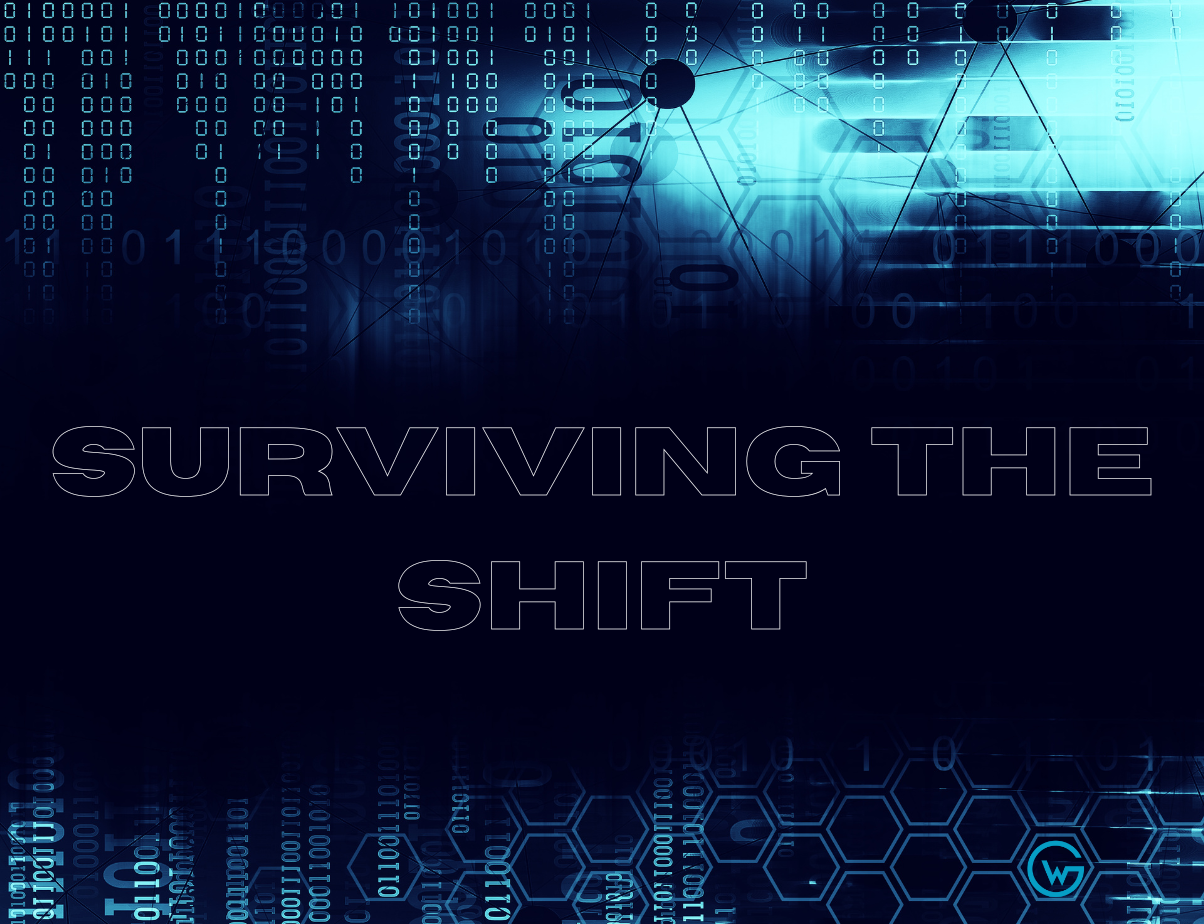Surviving the Shift: Navigating the Digital Buyer's Journey in a Post-Pandemic World

The COVID-19 pandemic was the catalyst that redefined the buyer's journey. The acceleration of digitization has forever altered how consumers interact with brands. From being digital-ready to digital-first and now to digital-only, the transition has been rapid, and the trajectory isn't reversing.
According to a recent HubSpot white paper, people now prefer shopping without physical contact and expect businesses to be good at handling every step of the online buying process. You’ll need to master the awareness, consideration, purchase, success, advocacy, and repeat/renew cycles to adapt to this shift in consumer preferences.
That’s a lot to consider—and master—right?
Fortunately, there’s a way to make it more manageable. By using technology, data analysis, and customer feedback wisely, your business can make the online experience smoother. You’ll be better able to ensure that you always meet or exceed customer expectations.
Read on to learn how to create a seamless digital experience and prosper in this ever-evolving environment.
Be Agile, Responsive, and Empathetic
Cataclysmic changes, as witnessed during the pandemic, necessitate an agile response. The digital buyer's journey is no longer linear - it's dynamic. Unforeseen challenges can and will emerge. As such, businesses must adapt their strategies and proactively anticipate changes.
Empathy plays a central role. With a digital-first approach, it’s crucial to understand the customer's viewpoint. Creating experiences that resonate on a personal level builds trust and fosters long-term relationships. Responsive engagement is no longer optional - it's an expectation.
The Power of Adaptability
If the pandemic has emphasized one lesson for businesses, it’s that adaptability is the ultimate competitive advantage. The ability to efficiently and quickly reinvent organizational structures, processes, and technologies is critical.
For small to medium-sized businesses, the emphasis on adaptability translates into agility and resourcefulness. Without the extensive resources of large corporations, these businesses must make smart investments that yield high returns.
One way to adapt is by investing in a website redesign to ensure an intuitive and seamless user experience. Additionally, incorporating e-commerce functionalities can open up new revenue streams. It’s also essential to optimize for mobile devices, as around 76% of consumers browse and shop on their smartphones.
Harness Technology and Data
The role of technology infrastructure in this new era cannot be understated. A simplified, streamlined, connected, and flexible infrastructure is vital.
Marketing data is the bedrock of this approach. It should be the fuel for innovation, driving insights that enable businesses to understand and predict customer behavior—as siloed departmental data is a relic of the past.
A unified approach, where data informs decisions at every stage, is essential. Services like HubSpot Marketing Pro allow you to harness this data to offer personalized experiences, anticipate customer needs, and refine your products and services.
Building an Integrated Ecosystem
Ensuring that all the cogs in the machine are well-oiled and synchronized is vital. Building an integrated ecosystem where marketing, sales, support, and product development are not isolated departments but interconnected facets of the same entity is crucial.
Moreover, collaboration with external partners, technology providers, and even competitors, where necessary, can offer diversified perspectives and a richer tapestry of services and solutions. Building a holistic ecosystem leveraging various strengths will place your business on a solid foundation.
Evolving Customer Expectations
As time goes by, customer expectations will continue to evolve. The pandemic has significantly raised the bar for what customers consider satisfactory digital experiences. They expect real-time responses, personalized solutions, and hassle-free interactions.
They also value transparency and authenticity from the brands they engage with. Catering to these expectations necessitates technological adaptability and a culture of putting customer needs at the forefront of decision-making.
Embrace Innovation and Experimentation
Innovation should be a staple in the DNA of modern businesses. By embracing a culture of experimentation, companies can uncover new opportunities, services, or products that may resonate with the digital consumer.
This involves taking calculated risks and being open to failure as part of the learning process. Customer feedback should be actively sought and considered as a treasure trove of insights that can inform the innovation process.
The Human Touch in a Digital World
While digital is the new normal, you should consider the importance of the human touch. As more and more transactions move online, there's a danger of the customer experience becoming too transactional and sterile.
Striking the right balance by blending digital efficiency with human empathy can create memorable experiences. You can achieve this through personalized messages, virtual consultations, or by enabling easy access to human support when needed.
Cybersecurity and Trust
With increased digitization, cybersecurity has become paramount. A single breach can shatter the trust painstakingly built over the years. Investing in robust cybersecurity measures and communicating these efforts to customers is critical.
Building trust involves ensuring that customers feel secure in sharing their data and confident that the brand will protect their interests. For example, consider investing in professional advice to re-imagine your privacy policy and terms & conditions. Your customers will gain trust and feel better about doing business with you.
Building Sustainable Practices
Sustainability has emerged as a significant factor in the consumer's decision-making process. Environmentally conscious practices are no longer just a nice-to-have; for many consumers, they are a deciding factor. Consider the environmental impact of your operations and work towards more sustainable practices.
What Does the Future Hold?
The post-pandemic world demands a new breed of businesses and way of thinking about things. Brands that are agile, adaptable, data-driven, and empathetic will dominate. The digital buyer’s journey is an ever-evolving landscape, and successfully navigating it requires a harmonized approach, with technology and data at its core.


